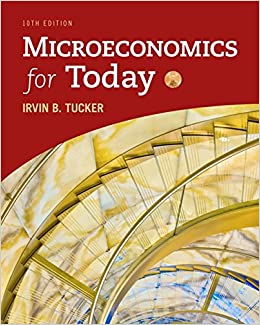Question
Case study 1 Your beard is killing the shaving industry By Drew Harwell As participants in No Shave November and its mustachioed counterpart, Movember, men
Case study 1
Your beard is killing the shaving industry
By Drew Harwell
As participants in "No Shave November" and its mustachioed counterpart, "Movember," men across America will dedicate this month to keeping sharp objects away from their five o'clock shadows or bushy beards. But for a growing number of them, this month won't feel that different. American spending on shaving razors and blades fell last year, to $2.3 billion, for the first time since the recession. Shavers, analysts said, are sick of spending more money every year on different combinations of tiny knives. "Men, tired of putting up with the ever-increasing prices of refill shaving heads from the top producers, have fled to cheaper options," analysts with consumer research firm Euromonitor wrote recently. "Some have even stopped shaving altogether." It's a scary prospect for traditional shaving companies. But for those with brands outside the blades business, it comes with an unexpected side benefit. Last year, men's skin care saw faster growth than any part of the broader men's grooming category, with sales rising 7 percent to more than $260 million, which Euromonitor analysts said was "a marked indicator of the changing nature of men's grooming." Another sign of the increasing metro-ification of American men? Maybe. Men, analysts said, are becoming seemingly less hesitant at spending toward their personal style. The unshorn lifestyle is also accepted in today's more relaxed workplaces, which don't ban whiskers as often as in the traditional corporate milieu. "Facial hair is a lot more acceptable now, especially in the workplace. It's no longer required that everyone shave every single day," said Gabriela Elani, a personal care analyst with market researcher Mintel. In a survey last year, she said, just half of men said they were daily shavers. Since 2012, the U.S. market for replaceable shaving cartridges has dropped by $85 million, while disposable razor sales have grown by $23 million, Mintel data show. Men of all ages are switching to cheaper shaves, including subscription start-ups like Shave Mob, Harry's and the socially savvy Dollar Shave Club, which sells five cartridges of its basic blade, the "Humble Twin," for $1 a month. The company is on track to earn $60 million in revenue this year, three times as much as in 2013. Some companies think men are willing to pay more for their shavers, they just want to know they're getting something for the extra price. Shaving giant Gillette, which spent $750 million in the late '90s designing and building its Mach3 razor, has unveiled versions of its industry-leading Fusion ProGlide that include power razors, precision trimmers and swiveling "Flexball" heads. Last year, sales of the ProGlide line still fell to their lowest point since 2010. Meanwhile, the men's "personal care" market, including shower gels, skin creams and hair care products, has grown 15 percent since 2008, to $3.9 billion last year, Mintel data show. Stalwarts of the cosmetic aisle are, for many men, increasingly becoming routine: About 60 percent of men between 18 and 34, and about 30 percent of men over 65, said they use a face moisturizer. There are still a few predictable obstacles keeping men from tending to their skin, analysts said, including everything from worries over their manhood to simple laziness. Some companies are trying to gloss over the beauty factor of their skin-care products by linking them to shaving, selling handfuls of post-shave butters, moisturizers and "repair serums." It's not just young men powering the industry, but old men who want to look like young men -- or at least have the money to try. "Men who can afford to look good can be seen flocking to premium men's grooming products in order to maintain an aura of youth and energy," Euromonitor analysts wrote. "As baby boomers grow older but still compete with men of all ages for jobs and romantic partners, they will continue to spend what they can to look as good as they can and advertise their worth."
Questions on Case Study 1
1.Does this article discuss the demand or supply side of the market? Elaborate on the factor affecting demand/supply as mentioned in the above case study.
2.Discuss strategies developed by some of the firms to attract more customers to their product
Step by Step Solution
There are 3 Steps involved in it
Step: 1

Get Instant Access to Expert-Tailored Solutions
See step-by-step solutions with expert insights and AI powered tools for academic success
Step: 2

Step: 3

Ace Your Homework with AI
Get the answers you need in no time with our AI-driven, step-by-step assistance
Get Started


